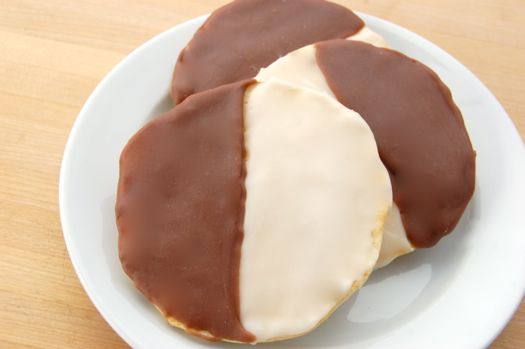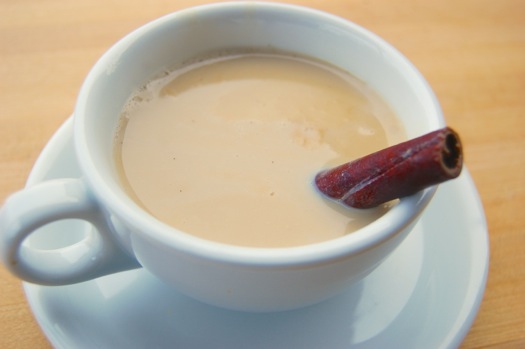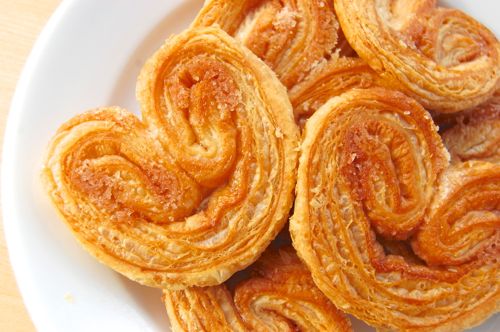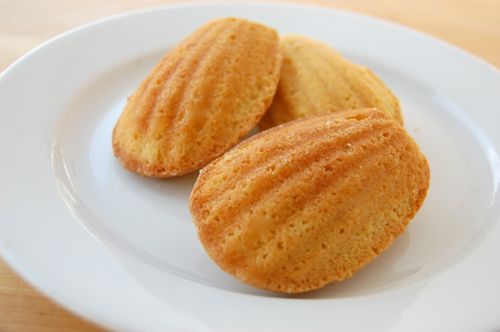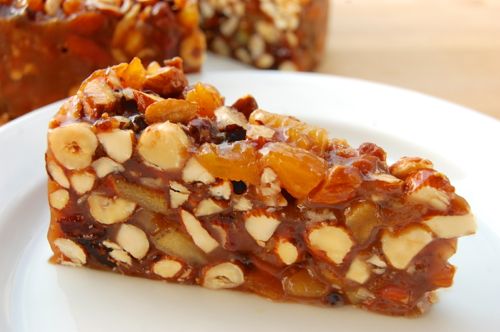Black and Whites: Second Try
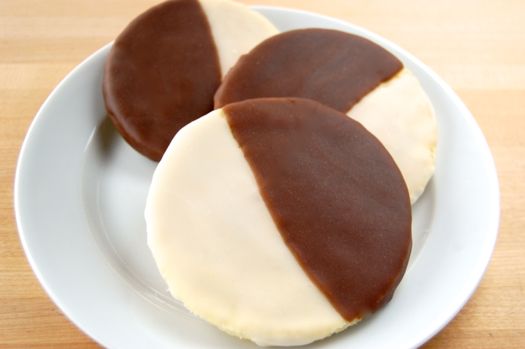
There we go. Now that looks more like something you’d see in a Manhattan pastry case, no? Forgive me but I couldn’t leave these alone until I’d gotten a little closer to the ideal. Actually this was my fourth try, as it took three attempts to get the cake where I wanted it. This last pass was all about finishing. What did I do differently? For starters I trimmed the cookies perfectly round with a round cutter after they cooled, like so (four inches worked perfectly for most of them).
READ ON